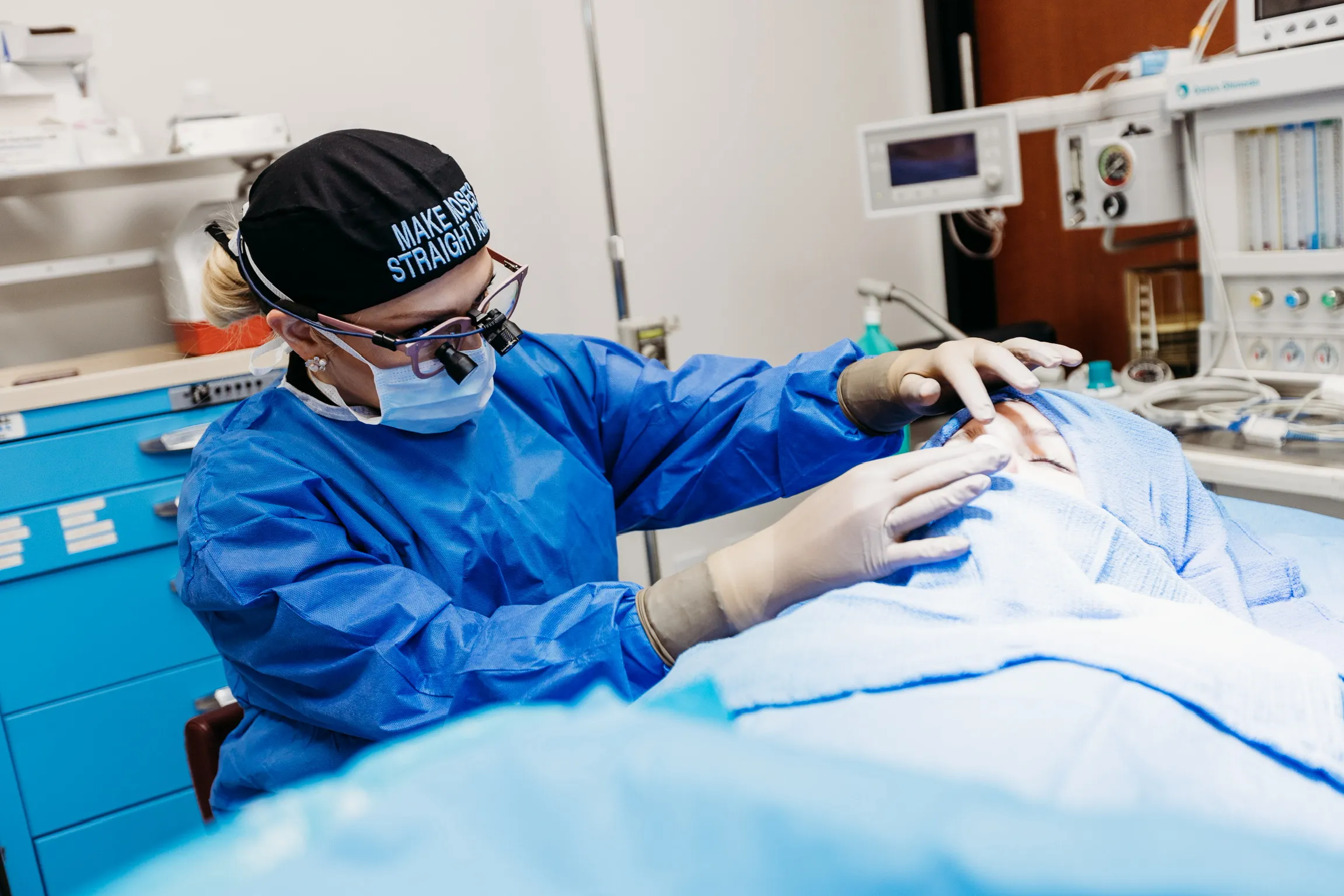Disc replacement surgery brings significant benefits for both patients and neurosurgeons. If you’re exploring disc replacement as a treatment, understanding these latest developments will help you make informed choices about your path to recovery. Here’s how advancements in surgery are improving the recovery process:
Disc Replacement Surgery Improvements
Disc replacement procedures have evolved rapidly. Today’s surgeries use minimally invasive techniques, which means smaller incisions, less tissue damage, and a smoother experience both during and after the operation. The implants themselves are stronger, more adaptable, and better at mimicking the spine’s natural movement.
Minimally Invasive With Shorter Recovery Time
Minimally invasive approaches reduce disruption to muscles and surrounding tissues. This means less pain after your surgery and a lower risk of infection. Smaller incisions also tend to leave smaller scars, which many people appreciate.
With less trauma to your body, you’re likely to spend less time in the hospital. Most patients start moving gently within days of the procedure. Outpatient care has improved, and support is available at each stage of recovery. Rather than being confined to bed, you will gradually resume daily routines.
Improved Implants
Modern disc implants are designed with advanced materials to move more naturally with your spine. They’re more durable and provide better long-term function. For patients, this results in more comfort and greater freedom of movement.
These advancements also reduce the likelihood of complications, making the recovery process smoother and more predictable. Patients often experience significant pain relief and improved mobility soon after the procedure. With proper care and rehabilitation, these implants can support an active and fulfilling lifestyle for many years to come.
Gradual Return to Activities
Recovery no longer means a long period of strict rest. Instead, you’ll return to activities in stages with the support of your medical team. Physical therapists create personalized plans, helping you build strength safely. Over time, your activity level increases until you reach your normal schedule.
This gradual approach promotes healing and reduces the risk of complications. Early movement is encouraged, but always within the limits provided by your healthcare team. Light walking or guided stretches can help maintain circulation and prevent stiffness. By following the recommended timeline and listening to your body, you can achieve a smoother and more successful recovery process.
How These Changes Affect Recovery
If you’re facing disc replacement surgery, you might wonder about recovery. Today’s advancements address those worries. Less pain, shorter hospital stays, and better movement all contribute to a smoother experience. Communication with your medical team will keep you informed about your progress, and practical advice will help you regain your confidence.
- Talk openly with your neurosurgeon about your goals
- Follow your recovery plan step by step
- Reach out to your care team with any concerns
Final Thoughts
Disc replacement is a patient-friendly approach. Minimally invasive approaches, better implants, and supportive care all lead to a better recovery process. If you’re planning this surgery, you have more options and resources than previous generations. Schedule a consultation with a surgeon to learn more about your options.
- How to Stay Active and Healthy During Your Pregnancy
- How To Choose the Right Electrician for Your Home Renovation
- How Dermatology Provides Critical Support for Skin Cancer Survivors
- The Advancements in Disc Replacement Surgery and Their Impact on Recovery Times
- 3 Women’s Health Tips
